Lucerne hay and lucerne pellets
Lucerne is considered one of the oldest plant feeds and is primarily used in horse feed. Lucerne feed contains essential nutrients and proteins and is also low in sugar and starch. Whether as lucerne bales or grass meal pellets, this herbaceous plant is becoming an increasingly popular feed.
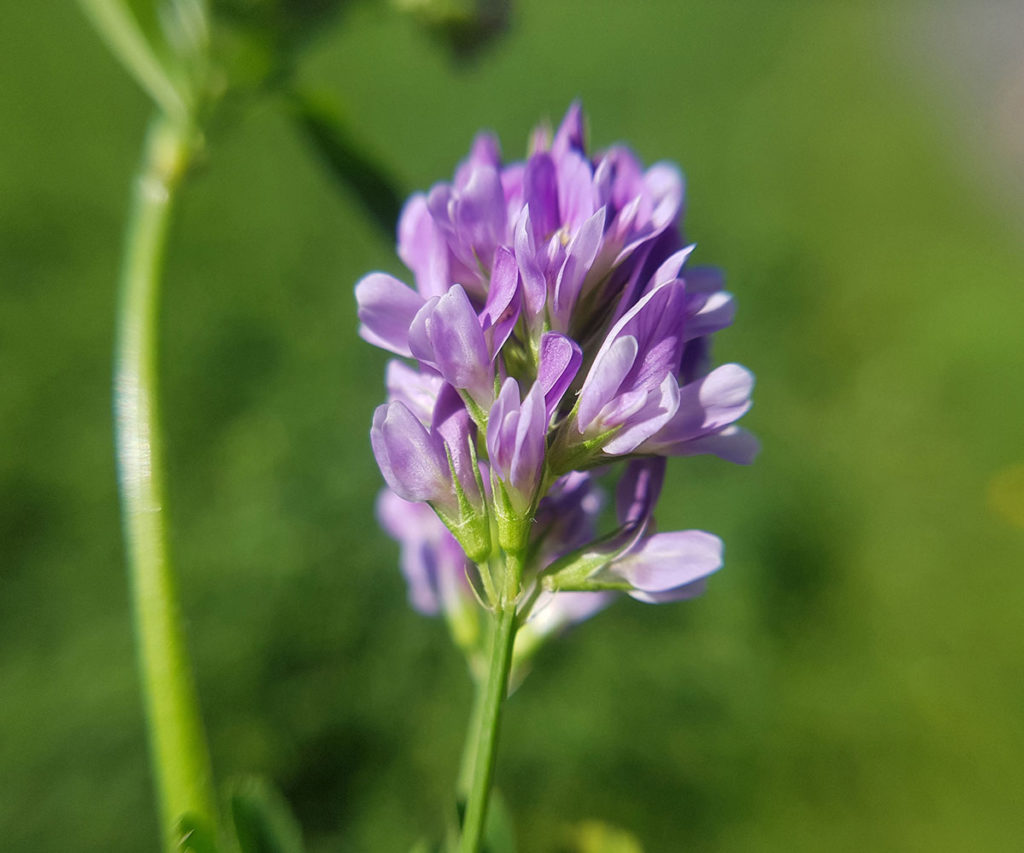
What is lucerne?
Lucerne – also known as alfalfa – belongs to the legume family of the medicago genus and tends to grow in dry, warm regions. Originally from Persia, the clover-like plant has since spread westwards to Spain and northwards to Poland and its cultivation is even subsidised in Bavaria. It is processed into feed by drying, grinding and either pelletising or pressing into bales. Lucerne feed is popular as a substitute for imported protein feed such as soya and is distinguished by its good digestibility as well as high content of protein, calcium and essential amino acids, which are necessary for muscle development and energy production. Thanks to its ability to bind nitrogen, its good root penetration and humus enrichment, it also improves the quality of soil in agriculture.
Lucerne feed available from ATCO
As a distributor and wholesaler for Feed , August Töpfer & Co. can look back on a long history and has an extensive network of trade partners and producers around the world. We offer grass meal pellets for horses, beef cattle, sheep and poultry in certified organic quality and in various sizes as required. From lucerne pellets in big bags from or up to 25 kg, lucerne pallets or sileage and square bales – we are the right contact for you. We will be happy to assist you based on our many years of experience, market expertise and needs-based feed solutions. Buy lucerne pellets from August Töpfer & Co. and count on high-quality lucerne products for the optimal supplementary feed for your livestock.
Lucerne feed: grass meal production
Lucerne can reach five to twelve years of age and can be harvested up to three times per year. Thanks to its useful life of two to three years, the crop does not have to be replanted every year. The harvested lucerne is dried, stored and formed into square lucerne hay bales or ground and pressed into cylindrical grass meal pellets. The production processes involve pressure filtration, solvent extraction and pelletising. As a dried green fodder, ground lucerne hay is rich in protein and vitamins and its nutritional value can be enhanced with the addition of molasses. Once processed, lucerne hay is primarily used to feed horses, pigs, poultry and cattle in the form of bales or pellets.
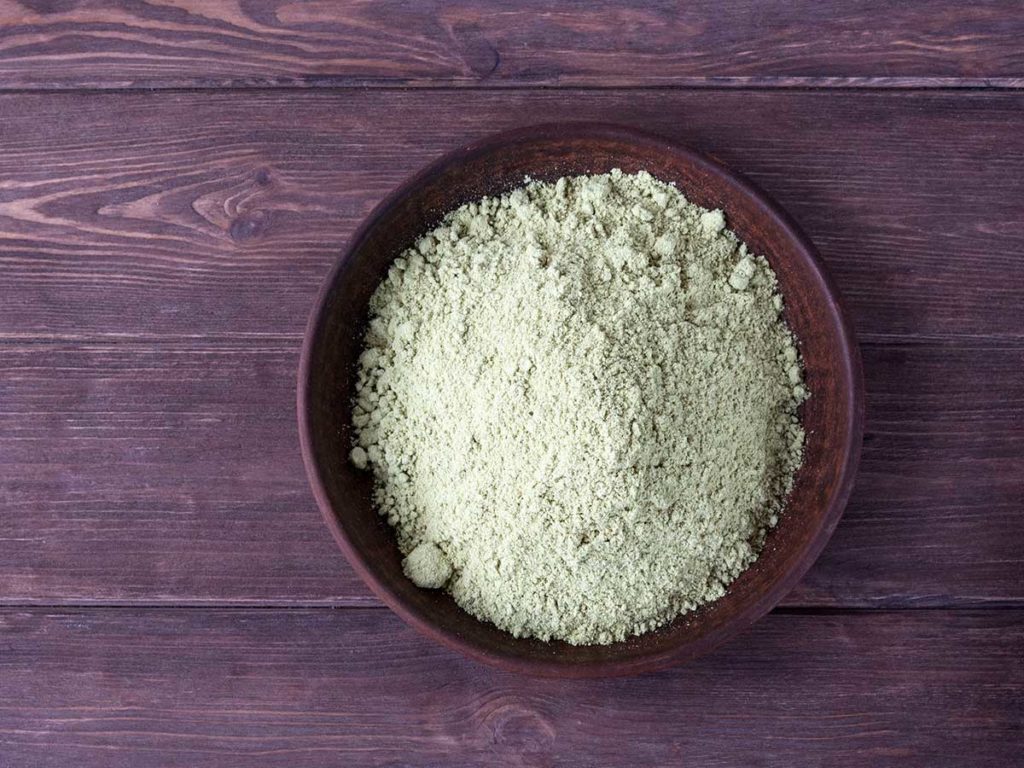
Lucerne grass meal: contents
The fodder value of lucerne is substantial. As a feed, grass meal made from lucerne represents a source of high-quality protein, calcium and magnesium. The high protein content in lucerne increases the nutritional value of horse feed when hay that has been harvested late or stored too long no longer provides enough energy. Lucerne is also useful for growing or lactating horses dependent on a sufficient supply of protein. Particularly due to the high protein content, lucerne feed has become a popular feed in German agriculture – especially in Bavaria. The lucerne is grown locally which reduces transport and storage costs.
Lucerne: advantages at a glance
The advantages of lucerne hay for feeding are clear and compelling. Special qualities of grass meal pellets and lucerne bales worth highlighting include:
- Low sugar and starch content: At around three percent, lucerne has a much lower sugar content than hay (ten percent). However, molassed lucerne hay may have a far higher sugar content.
- Rich in protein: The protein content of lucerne is around 16 percent. It is therefore the ideal feed and supplement to prevent protein deficiency and to promote weight gain in livestock.
- Rich in calcium: Calcium and iron are available in abundance in lucerne and they can lower the phosphorous concentration in the horse’s body. Lucerne is also useful as a feed supplement in the event of calcium deficiency. However, it’s important to note that calcium can impede the intake of other nutrients such as zinc. Lucerne consumption should therefore be balanced with other feeds.
- Neutralises gastric acid and induces chewing: Lucerne is rich in structure and fibre and is easily digestible. The structural substances and lignin contained promote chewing and salivation, thereby prolonging feed time. The high calcium content also has a neutralising effect on excess gastric acid.
Lucerne as feed for animals
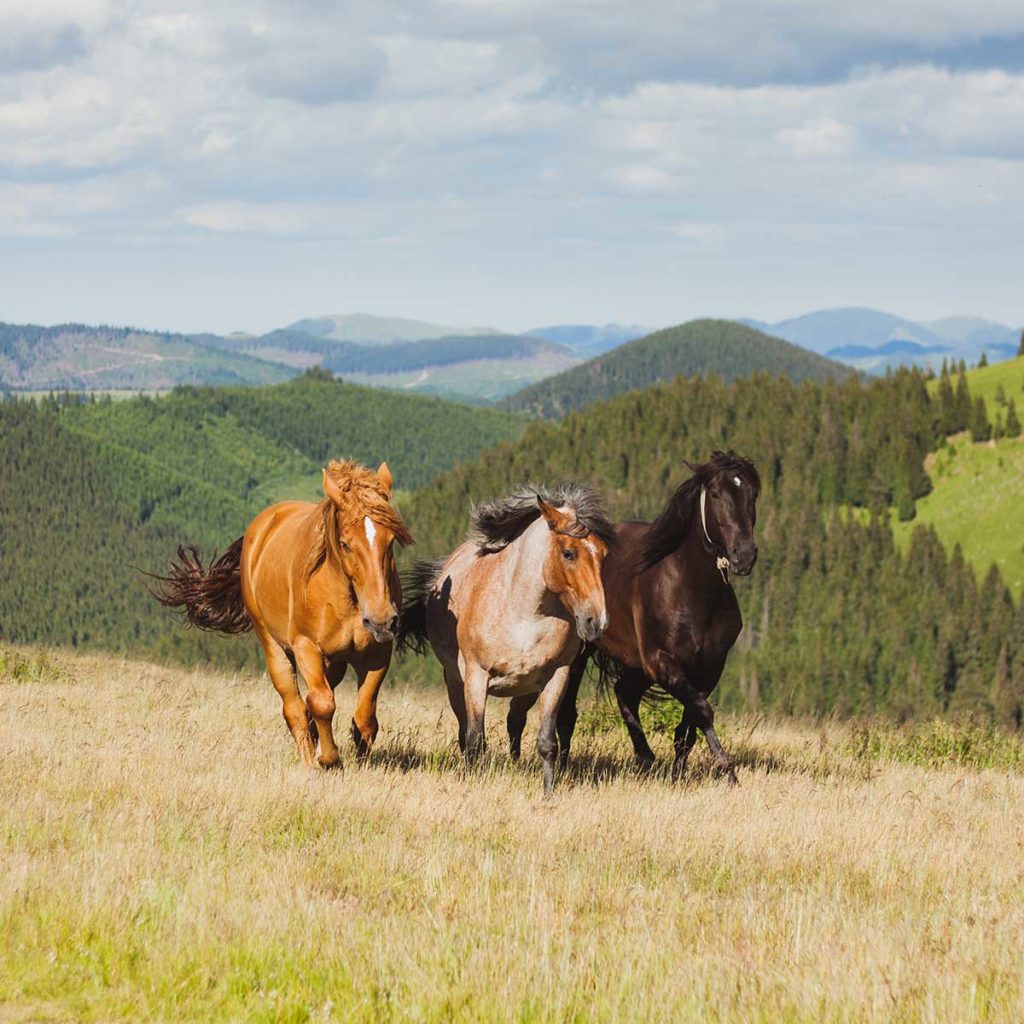
Lucerne as horse feed
Lucerne hay has established itself primarily as a feed for horses. As a regional fodder crop, it is an ideal source of protein and energy for working animals and is suitable as a supplement for improving the nutritional value of animal feed. Lucerne hay is particularly suitable for growing foals, sport horses and pregnant or lactating mares. Since lucerne has a high calcium content, however, it is important to balance it with other feeds if more than two kilograms are fed per day. In the case of horses that perform little work and engage in no intense exercise, feeding lucerne is only recommended in small quantities as a stimulant for chewing and salivation, due to its high protein content. Lucerne is not suitable as a substitute to roughage for recreational horses. In the case of horses suffering from illness or physical ailments, lucerne is likewise inappropriate as an individual feed and should be used primarily to stimulate appetite and chewing when mixed with other feeds.
Lucerne as chicken feed
Lucerne bales are a high-quality feed and nutritious supplement for chickens. As a chicken feed, lucerne hay provides poultry with protein, vitamins and minerals and also prevents aggressive behaviour. The feed is also rich in structure and fibre, thereby promoting digestion. Thanks to the high protein content, it has a positive effect for feeding of broilers and laying hens and improves egg quality and carcass yield.
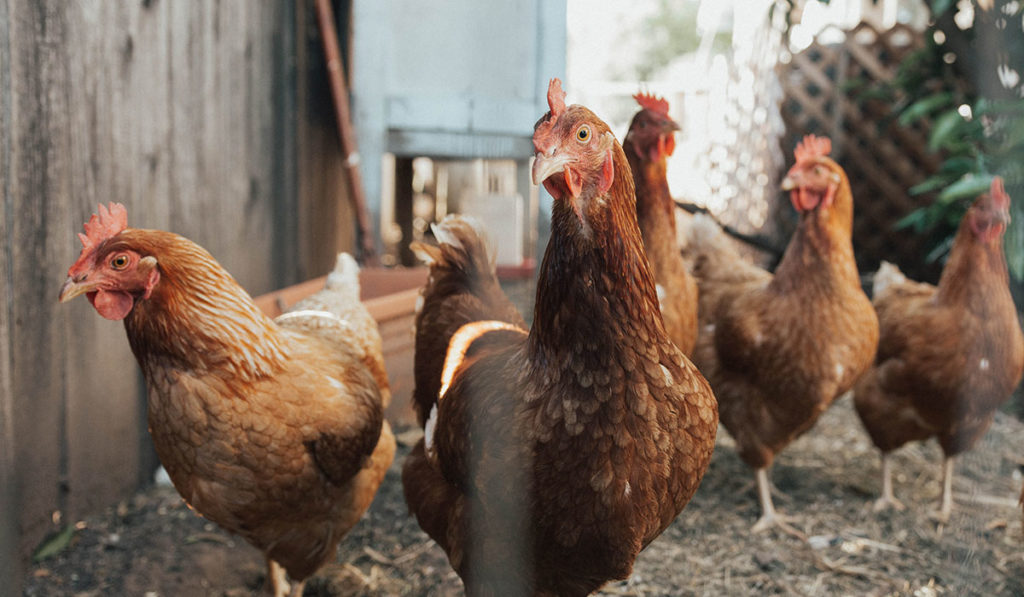
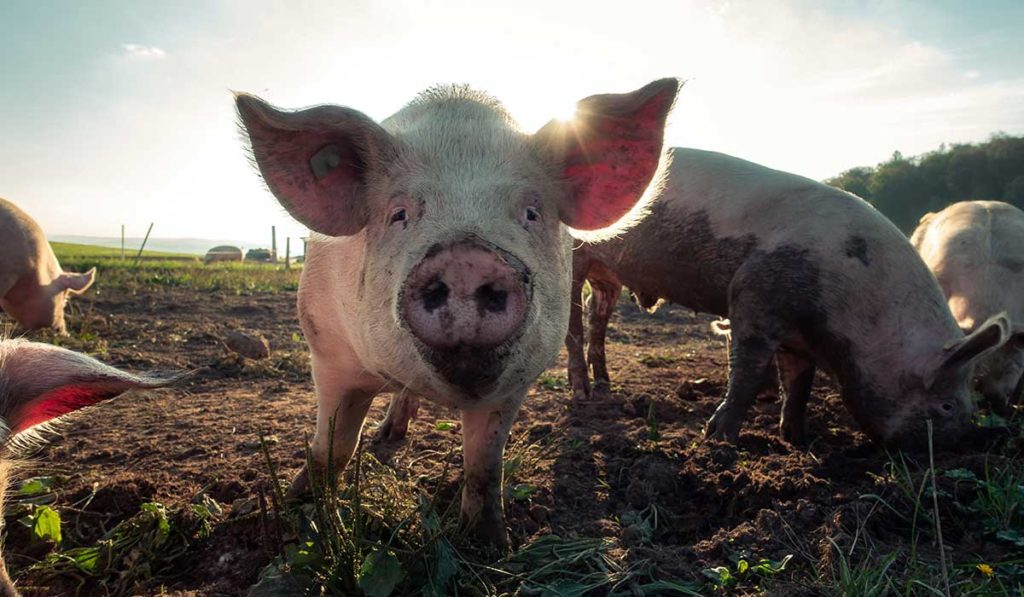
Lucerne as pig feed
As a feed rich in crude fibre, lucerne can also reduce tail biting and aggressive behaviour in pigs and enhance feed rations. In particular, pregnant or lactating sows and growing piglets benefit from the high protein content. As a concentrated feed, lucerne can also lower costs in pig fattening since it produces the same results with less feed mass compared to other feeds.
Lucerne as cow feed
Lucerne hay is a productive feed for supplementing crude protein in dairy cows, thereby ensuring a sufficient protein intake. Lucerne also offers excellent nutritional value as a concentrated feed for fattening bulls. Like maize sileage, sileage bales made from lucerne provide fattening bulls and dairy cows with essential protein, iron, magnesium and calcium and can optimise the nutritional value of feed rations and promote feed intake and rumination.
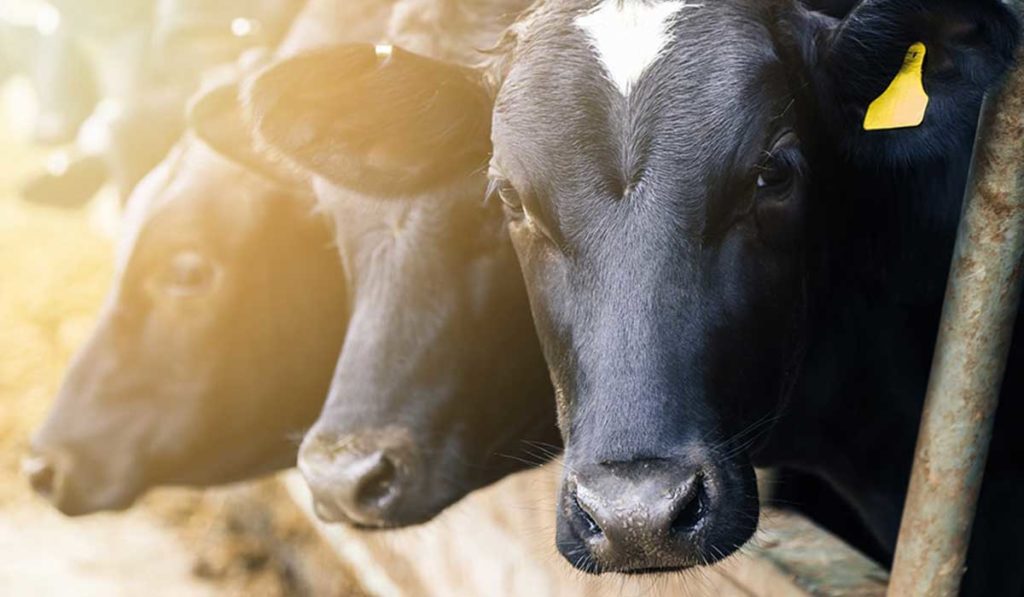
Our lucerne is certified:
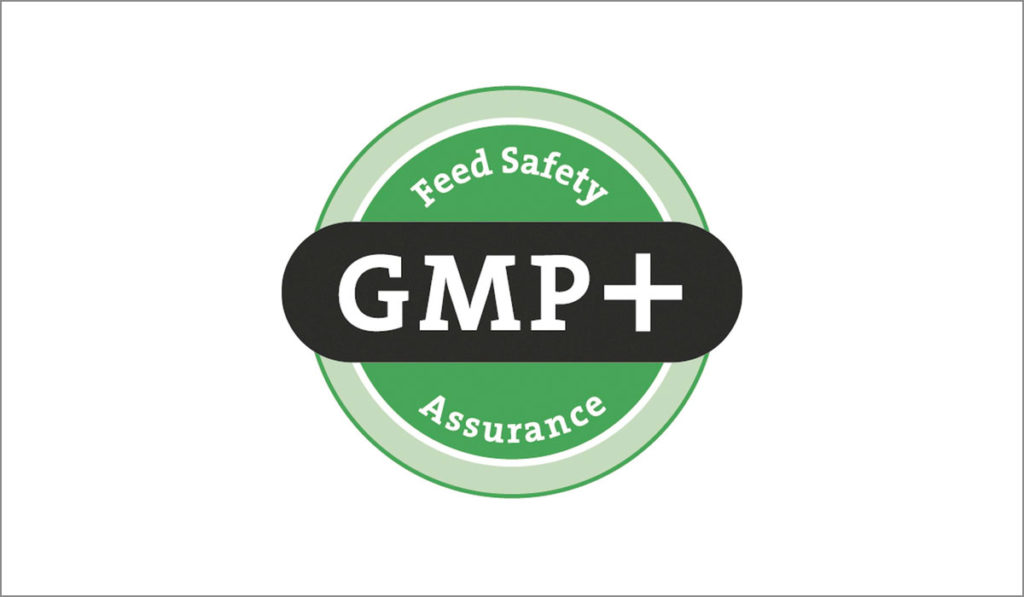
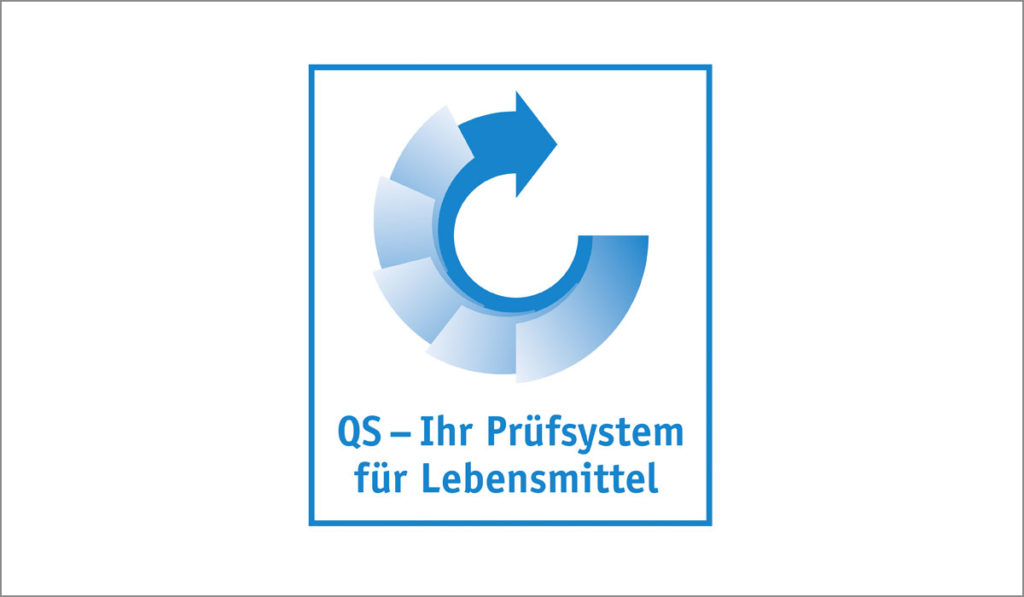
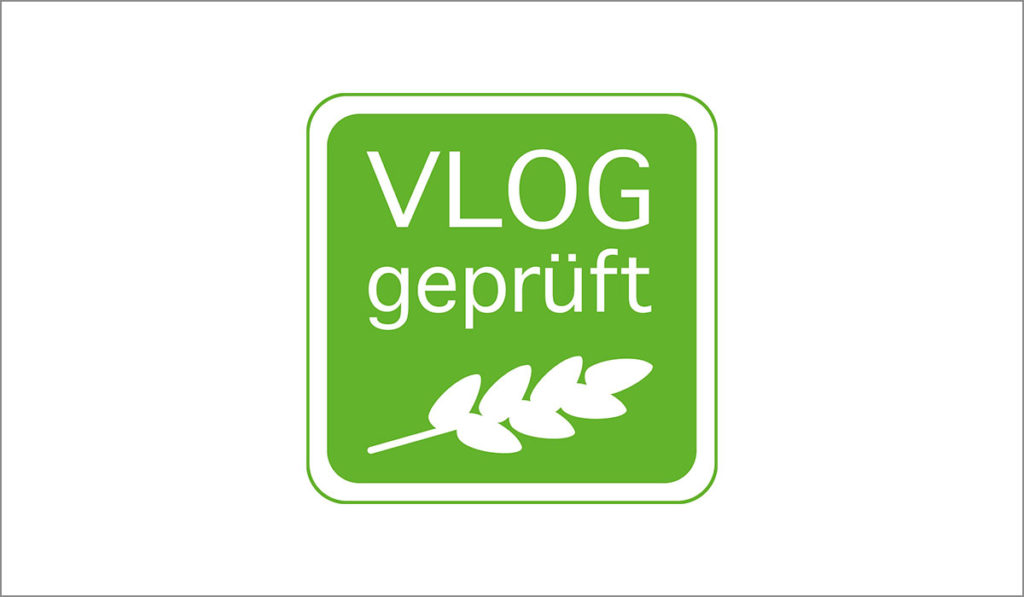
Your contact persons
Joachim Karstens
Manfred Winter
Email: manfred.winter@atco.de
Telephone: +49 40 32003 431
